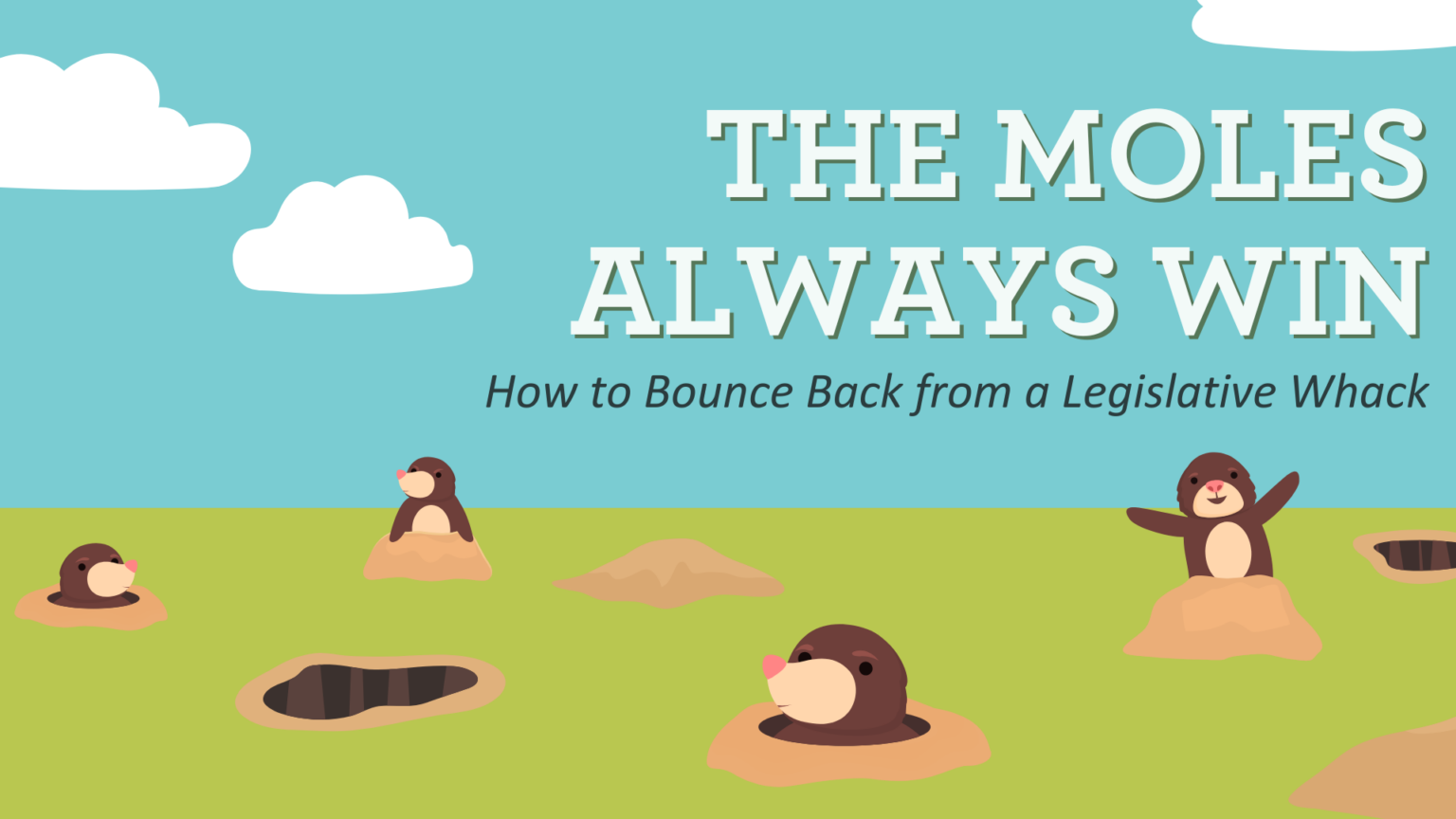CAPITAL CAMPAIGNS
We build an individualized capital campaign solution tailored to your organization and your goals.
READ MORE →
EXECUTIVE SEARCH
We work with your staff and volunteer leaders through the totality of leadership transition.
READ MORE →
STRATEGIC PLANNING
We combine the most valuable aspects of a variety of strategic planning methodologies into a unique approach for our clients.
READ MORE →
CAPACITY BUILDING
We help you develop the strategies and tools necessary to grow your organization’s capacity and credibility.
READ MORE →
ENDOWMENT BUILDING
We work with you to develop strategies that help to ensure your organization’s long-term sustainability.
READ MORE →
NONPROFIT TECHNOLOGY
We help you find, implement, and make the best use of technology, systems, and data.
READ MORE →
Latest Insights

The Moles Always Win
In the arcade game, the moles always win. They continue to pop their heads up faster and faster no matter how many times they are knocked down. They are the very definition of resilience. How can nonprofit leaders demonstrate resilience and turn these legislative whacks into winning advances? Read on to see actionable insights for nonprofits on how to navigate proposed legislation.

Giving USA 2025: Fair Conditions for Giving
Today marks the 2025 release of Giving USA: The Annual Report on Philanthropy©, the longest running, most comprehensive report on philanthropy in America.

Meet the Artist
For more than a dozen years, Benefactor Group has teamed up with Columbus-based illustrator and designer Adam Brouillette to bring our annual Giving USA Infographic Analysis to life. Learn more about him and his work with Benefactor Group here.




